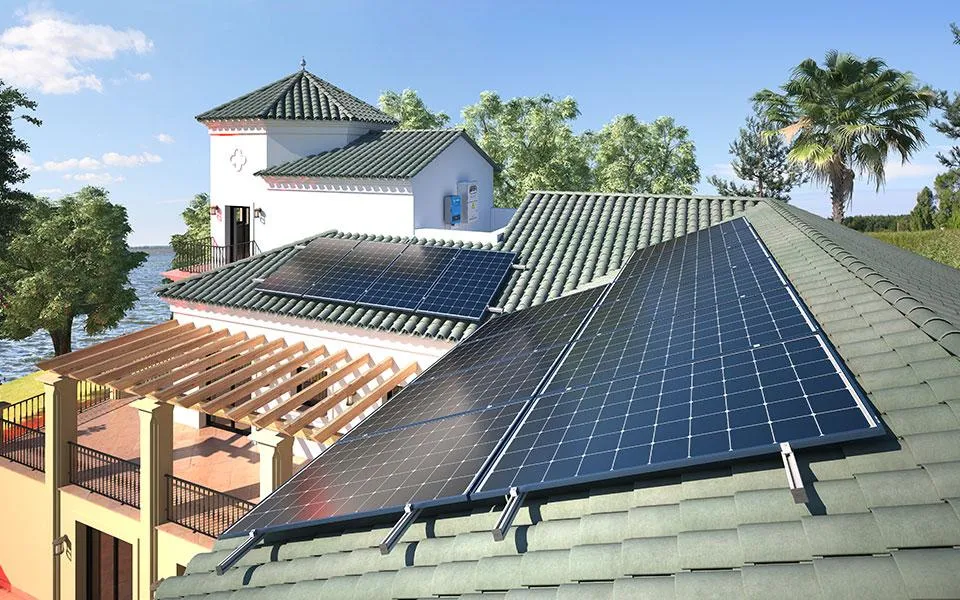Maximizing Solar Panel Performance Through Peak Efficiency Techniques and Innovations
The Peak Efficiency of Solar Panels Understanding Solar Power's Potential
Solar energy has emerged as one of the most promising renewable energy sources in the world today. As the need for sustainable energy solutions grows amidst climate change challenges and dwindling fossil fuel reserves, solar panels have gained immense popularity. At the heart of assessing their performance lies a critical metric peak efficiency.
What is Peak Efficiency?
Peak efficiency refers to the maximum energy conversion rate a solar panel can achieve under optimal conditions. This efficiency is typically expressed as a percentage and indicates how much of the sunlight that strikes the panel is converted into usable electricity. For instance, a solar panel with a peak efficiency of 20% converts 20% of the solar energy it receives into electrical energy, with the remainder lost primarily through heat and reflection.
Types of Solar Panels and Their Efficiencies
There are several types of solar panels, each with varying degrees of efficiency. The most common types are
1. Monocrystalline Solar Panels Known for their high efficiency, monocrystalline panels are made from a single crystal structure. They typically achieve efficiencies ranging from 15% to over 22%. Their dark color and uniform appearance make them aesthetically pleasing, and their higher efficiency means they require less space compared to other types.
2. Polycrystalline Solar Panels These panels are made from multiple crystal structures and are slightly less efficient than their monocrystalline counterparts, generally achieving efficiencies between 13% to 17%. While they are usually less expensive, they also occupy more space due to their lower efficiency.
3. Thin-film Solar Panels These panels, made from a variety of materials including cadmium telluride and amorphous silicon, are less efficient than both monocrystalline and polycrystalline panels, typically ranging from 10% to 12% efficiency. However, they offer advantages such as flexibility and lightweight properties, making them suitable for various applications like building-integrated photovoltaics.
Factors Affecting Efficiency
solar panel peak efficiency

Several factors can influence the peak efficiency of solar panels
- Temperature Solar panels are tested for efficiency under standardized conditions, which is usually around 25 degrees Celsius (77 degrees Fahrenheit). As temperatures rise, the performance of solar panels may decrease due to increased resistance within the cells.
- Angle of Installation The angle at which solar panels are installed affects how much sunlight they receive. Panels should ideally be positioned to face the sun directly to maximize energy absorption.
- Shading Even partial shading from trees, buildings, or other obstacles can significantly reduce a panel's efficiency. High-quality solar systems often incorporate microinverters or power optimizers to mitigate this issue.
- Quality of Materials The materials used in the construction of solar panels play a crucial role in their efficiency. Higher-quality components often yield better performance and longer lifespans.
The Future of Solar Panel Efficiency
As technology advances, researchers and manufacturers are continually striving to improve peak efficiency. Innovations such as bifacial solar panels, which capture sunlight on both sides, and multi-junction solar cells, which can harness different wavelengths of sunlight, point to a future where solar panel efficiencies could exceed current limitations.
Moreover, the integration of solar energy systems with energy storage technologies, like batteries, can enhance the overall efficiency of solar energy utilization. This ensures that solar power can be harnessed and used even when the sun isn't shining, transforming the viability of solar energy as a primary power source.
Conclusion
The peak efficiency of solar panels remains a vital aspect of their success as a renewable energy solution. By understanding the various types of panels, the factors influencing their efficiency, and the ongoing advancements in technology, consumers and businesses can make informed decisions about adopting solar power. With continued innovation and investment in solar technology, the dream of a sustainable energy future powered by solar energy becomes increasingly achievable.
-
Unlocking Energy Freedom with the Off Grid Solar InverterNewsJun.06,2025
-
Unlock More Solar Power with a High-Efficiency Bifacial Solar PanelNewsJun.06,2025
-
Power Your Future with High-Efficiency Monocrystalline Solar PanelsNewsJun.06,2025
-
Next-Gen Solar Power Starts with Micro Solar InvertersNewsJun.06,2025
-
Harnessing Peak Efficiency with the On Grid Solar InverterNewsJun.06,2025
-
Discover Unmatched Efficiency with the Latest String Solar InverterNewsJun.06,2025







